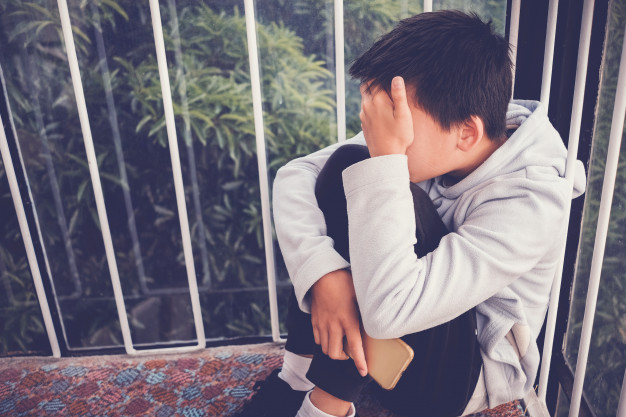
Talking with Children About Current Events
Written by: Emalise Mitchell
Right now, children and youth have ongoing exposure to emotional national news, COVID-19 information, and acts of racial injustice and unrest. Even if children are not actively engaged with the news, they pick up information through adult conversations and background television and radio. Stressful current events are abundant.
What are some tips for talking about the news and current events?
Avoid the temptation to downplay.
As caregivers, we are often tempted to downplay seriousness when children are exposed to traumatic news. This is often because we want to protect children from worry and burden. However, caregivers can share simplified and honest information with children. Doing this helps your child to make sense of what they see and hear.
Reinforce safety
When children hear about chaotic current events, their first response is to think about whether they are safe, even if the event is not happening near to them. In times like these, remind your child that you will always protect them.
Stick to the facts
As much as possible, stay neutral when presenting the facts about what is happening in the news or in your community. It is best to focus on the facts of a situation rather than opinions and myths. Check in regularly with your child to get a sense of what they already know and their exposure to the situation.
Be open and available for questions
A caregiver’s willingness and readiness to listen sends a very powerful message to children of any age. As best as you can, listen to their questions and concerns without minimizing them. If you don’t know the answer to a question that your child asks, it is okay to let them know that you don’t know and you will find an answer for them.
Model desired behaviors
Adult attitudes, beliefs, and actions affect children. It is very important to help your child identify their range of emotions and responses, as well as how to express them in appropriate ways. When you talk to your child, you can show positive ways of emotional expression, problem solving, and using words to describe your feelings.
How can I support my child’s sense of safety?
Limit news exposure
Decide how much news is appropriate for your child and set clear expectations in your household.
Provide a reliable routine
Whenever possible, keep predictable routines and structure in your child’s day. Consistency helps your child to have a sense of safety and predictability.
Encourage discussion
Male sure there is enough time for serious conversations about emotions. Encourage your child to talk about their thoughts and feelings. Allow them to ask questions and remind them of the facts – not perceptions – throughout your conversations. For example, if your child asks “Why did those bad guys hurt the good people?” you can respond with, “The people used violence to hurt other people because they did not like them or agree with them. Hurting others is never the right choice.”
Additional Resources
More resources for caregivers
• KidsHealth: https://kidshealth.org/en/parents/news.html
• ConnectSafely: https://www.connectsafely.org/fakenews/
• CDC: https://www.cdc.gov/coronavirus/2019-ncov/daily-life-coping/talking-with-children.html
• Healthy Children: https://www.healthychildren.org/English/family-life/Media/Pages/Talking-To-Children-About-Tragedies-and-Other-News-Events.aspx
• Scholastic: https://www.scholastic.com/parents/family-life/social-emotional-learning/social-skills-for-kids/how-to-explain-scary-news-to-kids.html
• SAMHSA: https://store.samhsa.gov/sites/default/files/d7/priv/sma12-4732.pdf
Children’s Books
• “The Breaking News” by Sarah Lynne Reul
YouTube has the author Read-Aloud available here
• “I Can Write the World” by Joshunda Sanders
YouTube has the author Read-Aloud available here
• “On the News: Our First Talk About Tragedy” by Dr. Jillian Roberts
YouTube has a Read-Aloud option available here


